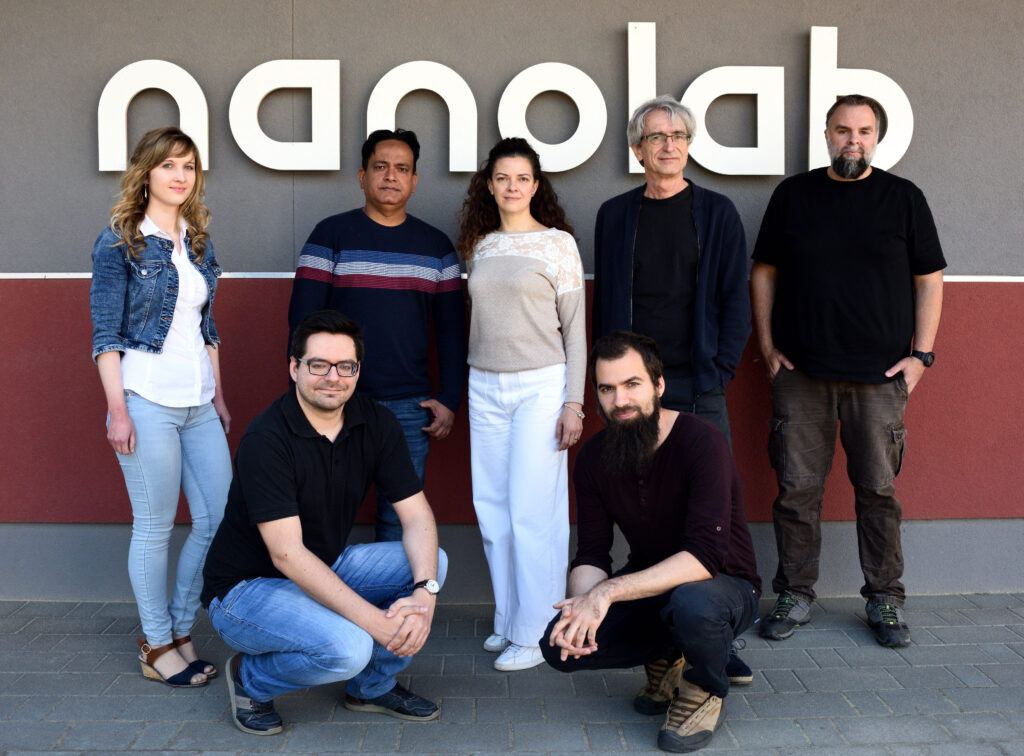Research leader name
Dr. Mihály Pósfai

Our research focuses on key aspects of mineral formation in aquatic environments, the movement of metals and nutrients between minerals and microorganisms, and the formation of biominerals. We observe nanoscale phenomena using mainly transmission electron micrcosopy, and try to understand interactions between minerals and biological systems. Our main research topics are listed below.
Downloads
Properties and formation mechanisms of carbonate and phosphate minerals in lakes
This line of research developed from our interest in Lake Balaton, a large, shallow lake that has a distinguished place in Hungarian hearts and culture (including science). We study sediment formation, with a focus on carbonate precipitation and phosphorus cycling. Our mineralogical work has relevance to lake ecology and lake management. Distinct research topics in this theme include:
- Effects of heterogeneous surfaces (primarily clays) in carbonate and phosphate precipitation. On the laboratory scale, using an automatic titrator we identify carbonate nucleation events and compare clay-free and clay-containing systems. Carbonate precipitation induced by algal blooms has been also studied on the mesocosm scale, in a month-long experiment in 2023, the results of which are currently being evaluated.
- Dolomite structure and formation. Nanoscale dolomit currently forms in the eastern part of Lake Balaton and occurs in two distinct Mg-rich layers (about 5 and 8 ky ago) in the sediment. We use advanced electron microscopy to study the atomic-scale ordering of Mg and Ca in dolomite-like and calcite-like domains and use this information as proxies for environmental and climatic changes in the past.
- Phosphorus in lakewater sediments – inspired by an algal bloom in Lake Balaton in August 2019, an unexpected event for which a large supply of “internal” phosphorus was necessary. We study the distribution of ‘visible phosphorus’ in our lake sediment samples and carry out lab experiments to understand how P is bound to sediment minerals and under what conditions will it be released.
- Polyphosphate inclusions in aquatic microorganisms and their potential role in P cycling in lakes. We found that polyphosphate granules were prolific in various algal species collected during algal blooms. On the other hand, we detected similar P-rich granules in the sediment. We wish to understand whether the two pools of P-rich particles are related, and how they affect the P cycle; we study samples from the lake, and perform controlled experiments with algal cultures (in collaboration with Boglárka Somogyi and Attila Kovács (BLKI Tihany) and Vera Istvánovics (BME)).

Structures and formation of biominerals
We have been involved for more than 25 years in research on biominerals produced by magnetotactic bacteria. Recently, partly motivated by our work on lacustrine carbonates, we started to study the interesting nanostructures of carbonate biominerals and the production of Se and As minerals by bacteria.
- Nanostructure of aragonite. Mussel shells contain a variety of planar defects in the structure of aragonite. Our goal is to characterize the types of defects and understand whether they have a biological(?) function, in a joint project with Aleksander Recnik and Vesna Ribic (Ljubljana), Pavel Gavryushkin (Novosibirsk) and Péter Németh (CsFK, Budapest).
- Biomineralization in genetically modified or cultured magnetotactic bacteria.We perform TEM studies and crystallographic analysis on nanominerals formed by bacteria that were cultured or genetically engineered by our collaborating partners at Bayreuth University (Prof. Dirk Schüler) and CEA Cadarache (Dr. Damien Faivre).
- Microbial formation of Se and As minerals.We perform TEM studies and crystal chemical anlaysis of solid materials produced by Shewanella from Se- and As-bearing solutions, in order to assist Lucian Staicu (U. Warsaw) in his microbiological experiments. The topic has nanotechnological relevance for the cleanup of wastewater.



